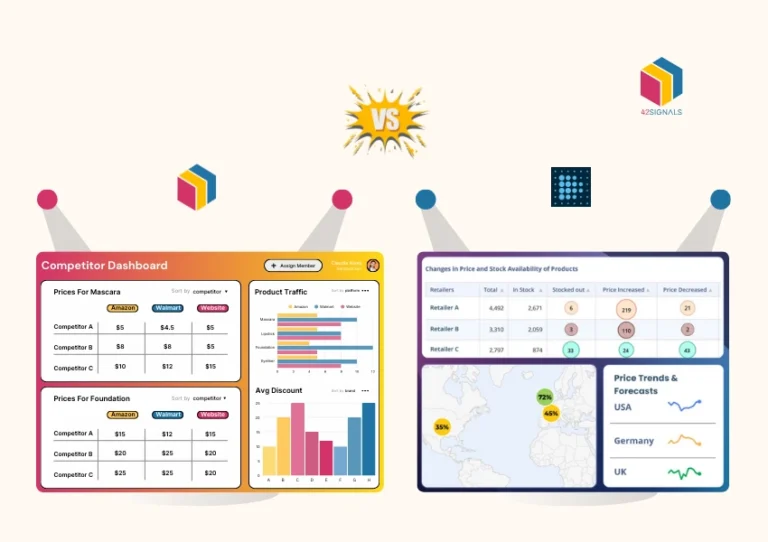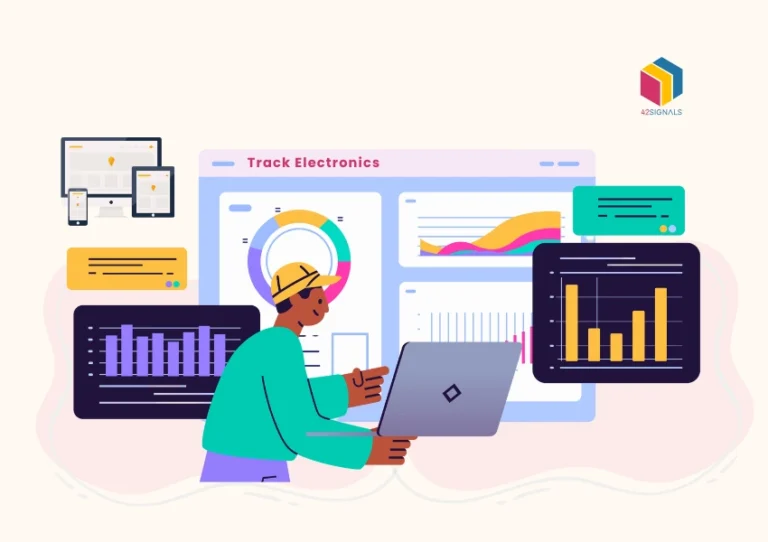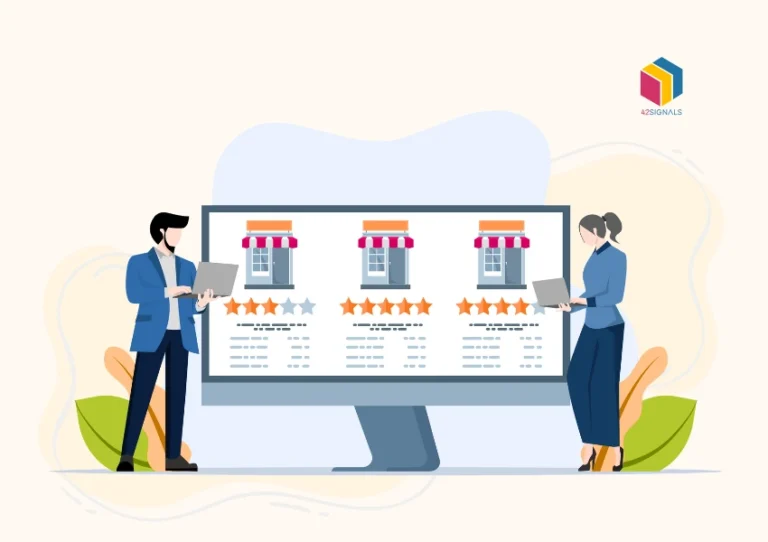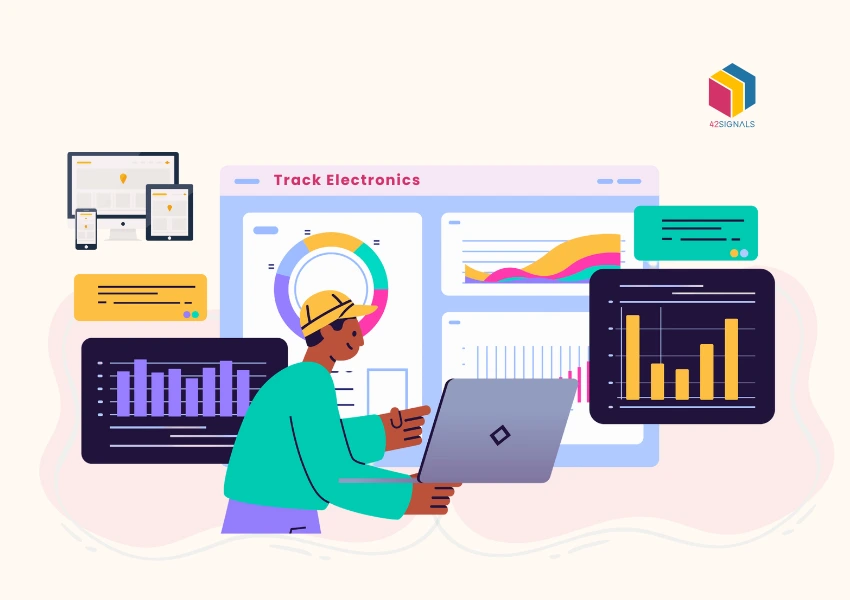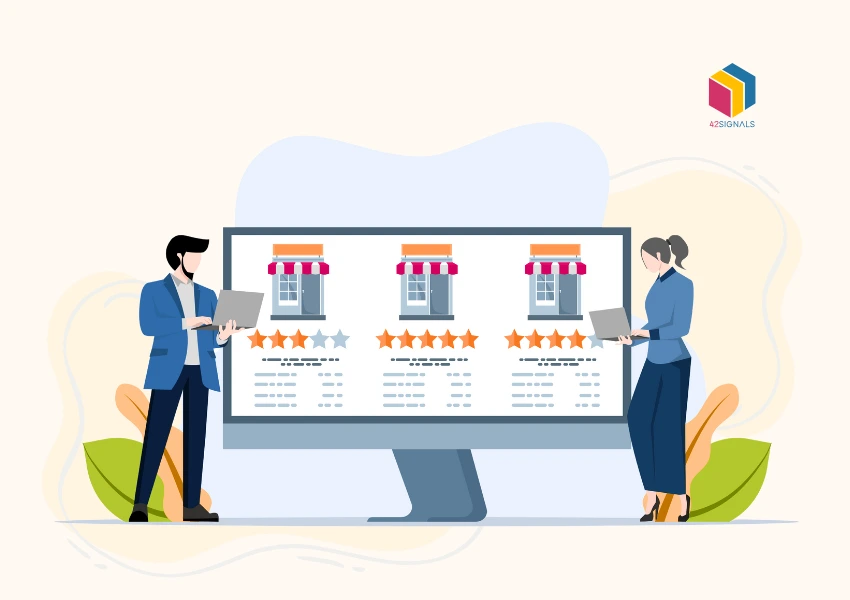Table of Contents
Toggle** TL;DR ** This article explains that ethically monitoring competitor prices is a crucial, data-driven strategy for protecting profit margins and staying competitive, not an underhanded tactic. It outlines the evolution from manual tracking to using a dedicated price monitoring tool, which automates the collection of public data to provide actionable insights. The piece emphasizes that the goal isn’t to blindly match prices but to inform your own strategic decisions, enabling advanced practices like dynamic pricing and setting smart repricing rules to ultimately build a more resilient and profitable business.
What’s the need for a price monitoring tool? Imagine this. You sell a popular coffee maker. For months, your sales are steady, and your price point feels right. Then, one Tuesday, you notice a troubling dip in orders. A quick check reveals a major competitor has slashed the price of an almost identical model by 25%. Suddenly, you are in a tough spot. Do you match their price and watch your profit margins evaporate? Or do you hold your ground and risk losing customers?
This scenario plays out daily in the world of e-commerce and retail. In today’s hyper-competitive market, pricing is not just about covering costs and making a profit. It is a dynamic, fast-moving strategy that can define your brand’s success or failure. The most successful companies are not just guessing. They are actively and ethically observing their competitors’ moves, using that intelligence to make smart, data-driven decisions.
This practice is not about corporate espionage or breaking rules. It is about using publicly available information and modern technology to understand the market landscape. This guide will walk you through exactly how top brands keep a close eye on their competition, the tools they use, and how you can implement a robust pricing strategy without ever stepping into a legal gray area. We will explore everything from the fundamentals of a price monitoring tool to the advanced strategies of dynamic pricing.
Download our free price tracking dashboard
What is a Price Monitoring Tool?

Image Source: Web Data
To understand price monitoring, let’s look at the context of price monitoring. Usually, it’s used to track competitor prices in the market.
At its core, competitor price tracking is the process of systematically monitoring and analyzing the pricing strategies of other businesses in your market. Think of it as a never-ending market research project focused specifically on what others are charging for similar products or services.
It is not about blindly copying whatever your competitor does. If they lower a price, you do not automatically have to do the same. Instead, it is about understanding the why behind the change.
- Are they clearing out old inventory?
- Are they responding to a new market entrant?
- Or have they found a way to reduce their costs, allowing them to sustain a lower price point?
By tracking prices over time, you start to see patterns and market trends that inform your own strategy. This intelligence helps you position your brand effectively, whether you want to be the premium option, the value leader, or something in between. It is the foundation for making informed choices that protect your revenue and market share.
Ready to Take the Next Step?
See how our solutions can help you achieve your goals and drive measurable results.
The Clear-Cut Benefits: More Than Just Matching Prices
Why invest time and resources into tracking competitor prices? The advantages extend far beyond simply knowing what the other guy is charging.
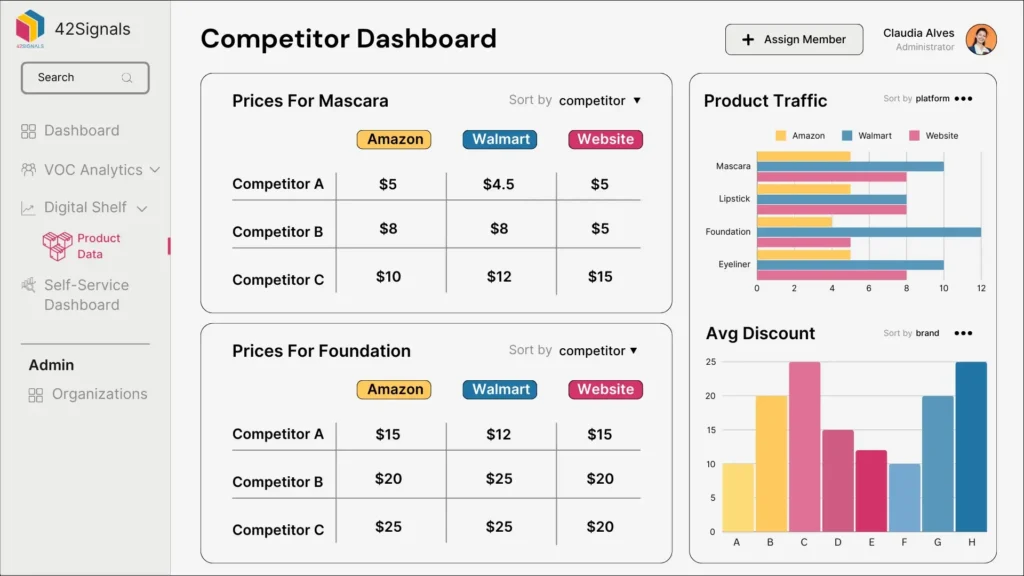
42Signals’ setting up a competitor price engine
First and foremost, it protects and optimizes your profit margins. By understanding the going rate for a product, you can avoid setting your price so high that you drive customers away, or so low that you leave money on the table.
For instance, if you discover your product is consistently 10% higher than a key competitor but offers superior features, you can launch a marketing campaign that highlights those differences, justifying the premium.
Secondly, it empowers you to make those data-driven decisions we mentioned. Instead of relying on gut feelings, you have concrete evidence to guide your strategy. This data can help you decide when to run a promotion, when to launch a new product, and which items to feature most prominently.
A 2021 study by McKinsey & Company found that companies that leverage customer behavior data to generate insights can increase their marketing return on investment (ROI) by 15-20%. Price data is a crucial part of that behavioral puzzle.
Finally, effective price tracking is the engine behind dynamic pricing, a strategy used by giants like Amazon and airlines. Dynamic pricing allows businesses to adjust prices fluidly based on market demand, competitor activity, and other external factors. Without a reliable way to track competitor prices, implementing a dynamic pricing model would be impossible.
Download our free price tracking dashboard
How to Ethically Monitor Your Competitors’ Prices
The idea of “spying” might sound shady, but the reality is perfectly legal and ethical. All the information is available in the public domain. The trick is collecting and organizing it efficiently. Here are the primary methods businesses use.
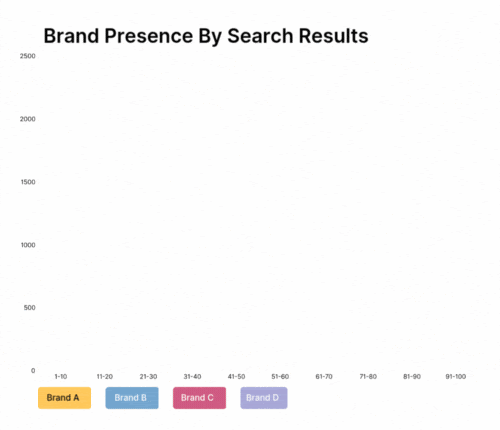
Competitor insights by 42Signals
The Manual Method: For the Hands-On Beginner
This involves physically visiting competitor websites or stores and recording prices in a spreadsheet. For a very small business with just a handful of products and a few competitors, this can be a manageable starting point. It gives you a direct feel for the market.
However, this method is incredibly time-consuming, prone to human error, and impossible to scale. Prices can change multiple times a day, and manually checking them is simply not a sustainable long-term solution for any growing brand.
Web Scraping: The Automated Data Collector
Web scraping uses software bots to automatically extract public data from websites, including product names, descriptions, and, most importantly, prices. This is a massive step up from manual tracking. While you can write custom code to do this, most businesses use specialized software that handles the technical complexities.
It is crucial to note that ethical web scraping only targets publicly available data and respects the website’s robots.txt file, which instructs bots on what they can and cannot access. Overloading a site with requests can be seen as a hostile act, so using a professional tool is always recommended.
The Power of a Dedicated Price Monitoring Tool
This is the method used by top brands for a reason. A dedicated price monitoring tool is a software platform designed specifically for this task. These tools automate the entire process of data collection from hundreds or even thousands of competitor product pages, then present that data in an easy-to-understand dashboard.
They track historical price data, send alerts for significant price changes, and provide analytics that help you understand your competitors’ pricing strategies over time. This is the most efficient, accurate, and scalable way to implement competitor price tracking.
Ready to Take the Next Step?
See how our solutions can help you achieve your goals and drive measurable results.
Choosing Your Weapon: What to Look for in a Price Monitoring Tool
Not all tools are created equal. When you decide to invest in a price monitoring tool, you need to know what features will deliver the most value for your business.
- Accuracy and Coverage: The tool must be able to reliably and accurately pull data from your specific competitors’ websites. Ensure it covers all the geographic regions and retail channels (e.g., Amazon, Walmart, direct-to-consumer sites) that are relevant to your business.
- Update Frequency: In fast-moving markets, a price change that is six hours old is already outdated. Look for a tool that updates its data multiple times a day or even in real-time. This is critical for businesses that rely on dynamic pricing.
- Data Analysis and Reporting: Raw data is just numbers. The real value comes from the tool’s ability to turn those numbers into insights. Look for features like historical price charts, competitor benchmarking, and visual reports that make it easy to spot market trends and opportunities.
- Integration Capabilities: The best price monitoring tool will not exist in a vacuum. It should be able to integrate with your existing e-commerce platform, inventory management system, or repricing software. This allows for automated actions, such as triggering your own price changes based on predefined rules.

From Data to Strategy: Implementing Dynamic Pricing and Repricing Rules
Collecting competitor data is only half the battle. The real magic happens when you use that data to activate your pricing strategy. This is where dynamic pricing and repricing rules come into play.
Dynamic pricing is the practice of adjusting prices based on current market conditions. A simple example is ride-sharing services charging more during peak demand. In retail, your price monitoring tool provides the market condition data. You can then set up a system where your prices are automatically adjusted within a minimum and maximum range you define, based on what your competitors are doing.
Repricing rules are the specific instructions you set to govern these automatic changes. For example, you could create a rule that says, “For Product X, always price it 5% below the average price of Competitors A, B, and C, but never let my price fall below $50 to protect my margins.” Another rule might be, “If Competitor Y runs out of stock, increase my price for that item by 10%.” These rules automate your response to the market, allowing you to compete 24/7 without manual intervention. This turns raw data into a strategic, profit-protecting machine.
Download our free price tracking dashboard
A Deeper Look: Moving Beyond Price to True Price Analysis
While knowing the number is vital, true competitive intelligence comes from a broader price analysis. This means looking at the entire context around the price.
This includes monitoring competitor promotions, discount codes, and bundle deals. A competitor might have a higher base price but consistently offer 20% off coupons, making their effective price lower than yours. You should also track shipping costs and return policies, as these are a part of the total cost for the customer and heavily influence purchasing decisions.
Furthermore, keep a close eye on stock levels. A competitor’s out-of-stock situation is a massive opportunity for you. It may also explain a sudden price drop if they are trying to clear out remaining inventory before a new model arrives. By incorporating these additional data points into your price analysis, you move from a reactive stance to a proactive one, anticipating your competitors’ moves rather than just responding to them.
Common Pitfalls to Avoid in Competitor Price Tracking

Image Source: Panoramata
Even with the best intentions and tools, it is possible to make mistakes. Here are a few common pitfalls to watch out for.
- Tracking the Wrong Competitors: Do not waste resources tracking every single business in your industry. Focus on your direct competitors those who target the same customer base with similar products. Also, keep an eye on emerging threats and disruptive brands that could change the market dynamics.
- Ignoring Your Own Value Proposition: This is perhaps the biggest error. Do not get so caught up in the competition that you forget why customers choose you. If you have superior quality, better customer service, or a stronger brand story, your price should reflect that. Your pricing strategy should be a blend of competitor data and your own unique value.
- Analysis Paralysis: Having access to vast amounts of data can be overwhelming. The goal is not to collect every possible data point but to collect the right data and take action on it. Set clear goals for your pricing strategy from the start, so you know what data is most important and what decisions it should inform.
Ready to Take the Next Step?
See how our solutions can help you achieve your goals and drive measurable results.
Empowering Your Business with an Intelligent Price Monitoring Tool
In the end, competitor price tracking is not about waging a price war. It is about gaining the market intelligence you need to compete effectively and intelligently. It is the difference between flying blind and navigating with a detailed map.
By understanding the ethical methods, from manual checks to sophisticated price monitoring tool platforms, you can build a pricing strategy that is both responsive and proactive. You can protect your profit margins, leverage dynamic pricing, and make confident data-driven decisions that drive growth.
- Start by identifying your key competitors and a handful of your most important products.
- Begin monitoring their prices, even if it is manually at first.
- As you grow, investing in a dedicated tool like 42Signals will free up your time and provide the deep insights needed to win in the modern marketplace.
The goal is not just to compete on price, but to use price as a powerful tool to solidify your market position and build a more resilient, profitable business.
If you feel you’re ready to try out a price monitoring tool, give 42Signals a shot. Our customized solutions make our clients very happy, and we can do the same for you.
Frequently Asked Questions
A price monitoring system is a technology platform or software that continuously tracks and analyzes product prices across different online or offline channels. It allows businesses to monitor their own pricing, as well as that of competitors, distributors, and marketplaces in real time.
These systems typically collect data from e-commerce sites, marketplaces, or APIs, then organize it into dashboards showing price trends, discounts, stock levels, and violations of pricing policies like MAP (Minimum Advertised Price).
Example: A retailer can use a price monitoring system to ensure their product price stays competitive compared to Amazon, Walmart, and niche competitors.
Price monitoring is essential because pricing plays a direct role in buying decisions, customer trust, and brand competitiveness.
Key benefits include:
Staying competitive: Ensures your prices align with or strategically undercut market averages.
Protecting margins: Prevents aggressive discounting that can hurt profitability.
MAP compliance: Detects pricing violations that damage brand positioning.
Market intelligence: Provides real-time insights into pricing strategies of rivals.
Better promotions: Helps identify the best time and products to run campaigns.
For brands selling through multiple retailers, price monitoring also helps maintain pricing consistency, which can impact both revenue and reputation.
The price monitoring unit refers to the basic measurement or entity tracked within a price monitoring process. This can vary depending on the use case but often includes:
Individual SKU or product price (e.g., one bottle of shampoo).
Price per unit of measure (e.g., per liter, per pack, or per piece).
Geographic or channel-specific pricing (e.g., price on Amazon vs. a brand’s D2C site).
Time-based fluctuations (e.g., daily or hourly pricing movements).
Essentially, the unit defines how granular the monitoring is — whether at product, category, or marketplace level.
Yes — AI can track and analyze prices at a scale and speed far beyond manual methods.
AI-powered price monitoring tools can:
Crawl thousands of product pages automatically in real time.
Identify pricing anomalies or MAP violations instantly.
Detect trends and predict competitor pricing moves using machine learning.
Trigger alerts and recommendations for pricing adjustments.
These capabilities make AI-driven systems much more effective than manual or spreadsheet-based methods. However, the accuracy of AI tracking depends on clean data sources, reliable crawling technology, and well-defined rules.
Platforms like 42Signals, for example, combine AI and competitive intelligence to provide real-time pricing visibility, competitor tracking, and actionable insights for brands and retailers.

